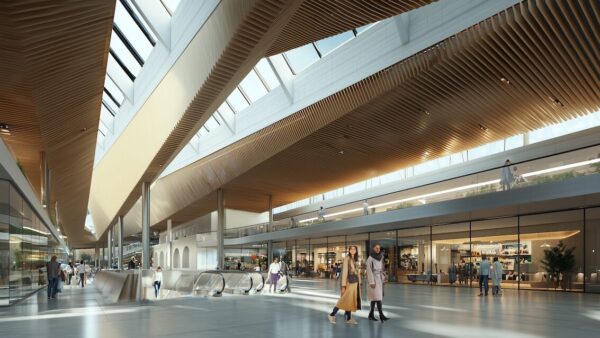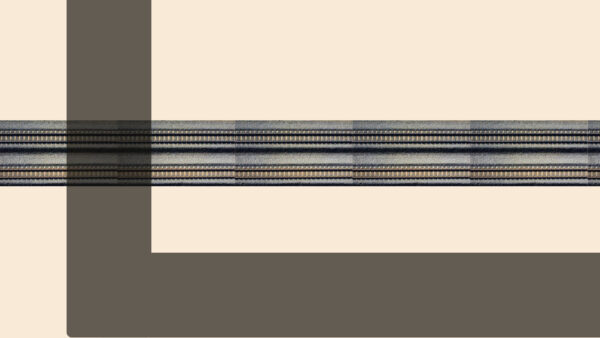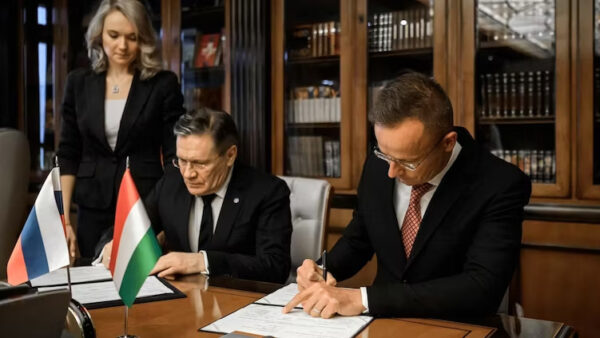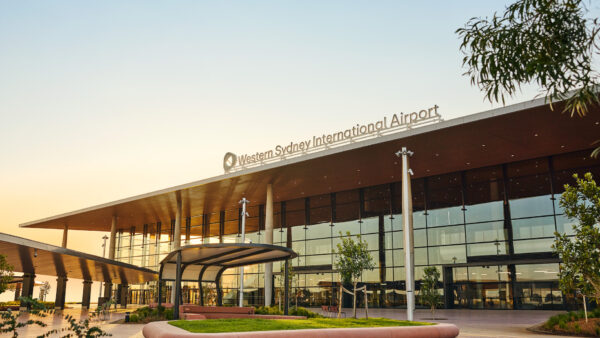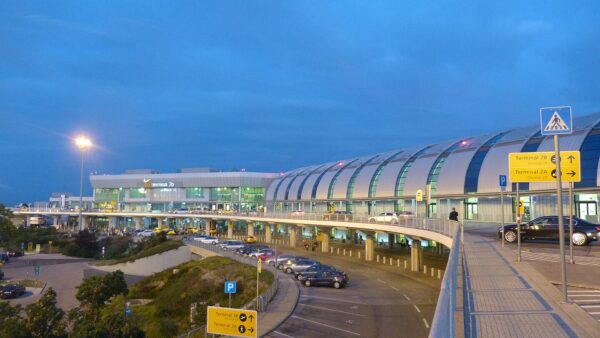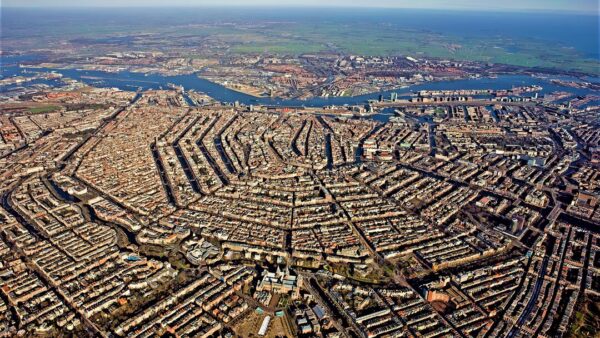The European Organisation for Nuclear Research, better known from its French acronym CERN, has just published its conceptual design for a particle accelerator that would be nearly four times as long and 10 times as powerful as the Large Hadron Collider (LHC) that proved the existence of the Higgs boson.
The €9bn Future Circular Collider (FCC) would be built south of the LHC and would have a circumference of 100km, which means it would cover an area about the size of Switzerland. The aim would be to create a collider able to generate 100TeV that would lay the basis for 21st-century high-energy physics and answer questions about the Standard Model that the LHC raised, but was unable to answer.
CERN began planning the FCC in 2014, and is talking about a 20-year timeframe to design and build it. This is similar to the LHC, which was conceived in the 1980s and came into operation in 2008. The design process would bring together more than 150 academic institutes and industries from 34 countries.
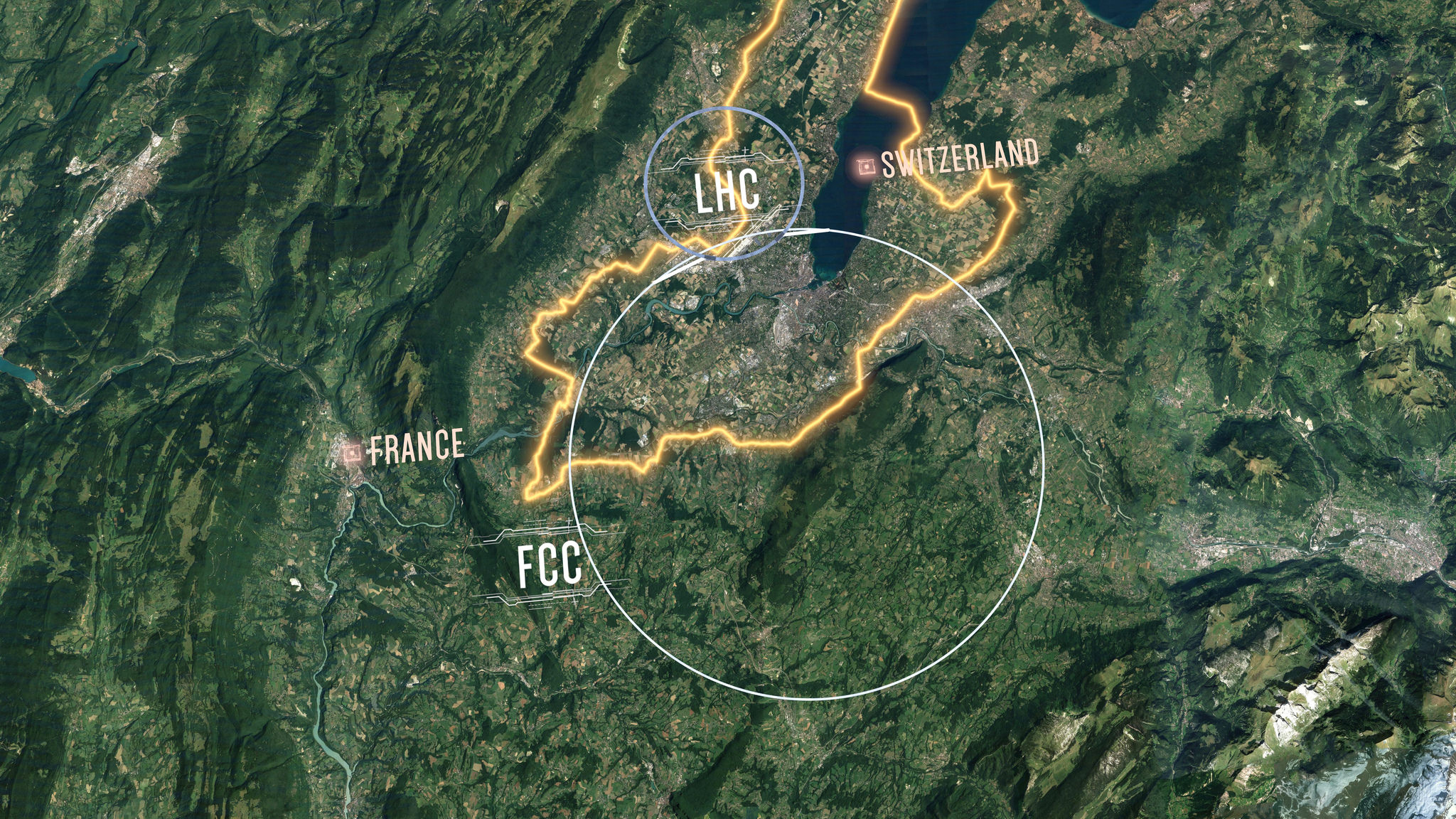
CERN’s map of a possible location for the future collider
When built, possibly around 2040, the FCC would bang together electrons and positrons, protons and protons and ions and ions, and possibly also allow electron-proton and electron-ion collisions.
Fabiola Gianotti, CERN’s director-general, commented: “The FCC conceptual design report is a remarkable accomplishment. It shows the tremendous potential of the FCC to improve our knowledge of fundamental physics and to advance many technologies with a broad impact on society.”
One of the main aims would be to investigate the properties of the Higgs field, which lends mass to particles, as well as the apparent existence of dark matter and the predominance of matter over anti-matter particles.
Top image: Part of the Large Hadron Collider’s supercooling system (CERN)
Further reading:

